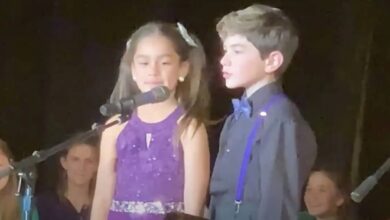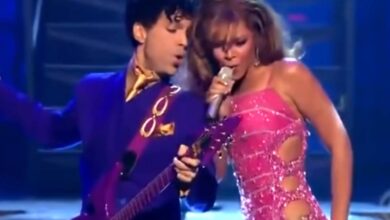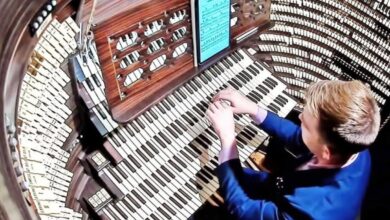Many consider this one of the greatest TV ads ever. Anyone from 1971 likely remembers every word
The Coca-Cola “Hilltop” commercial’s enduring impact is rooted in its simple yet powerful message of unity and global harmony, expressed through the idea of sharing a Coke. The ad captured a moment in time during the 1970s, a period characterized by social and political upheaval. By featuring people from diverse backgrounds standing together and singing on a hilltop, the ad became a visual metaphor for world peace and connection. Bill Backer, who conceptualized the ad, sought to leverage Coca-Cola as a symbol of joy and togetherness, transcending cultural differences and emphasizing a shared human experience.
The production of the commercial faced numerous challenges. Originally planned to be shot on the Cliffs of Dover, bad weather forced the crew to relocate to a hilltop outside Rome. Casting also presented difficulties, as the commercial required a multicultural group to represent various ethnicities authentically. Eventually, Italian actors and models were selected to reflect the desired diversity, and the shoot involved over 60 people. The scene of participants holding Coca-Cola bottles formed a heart-shaped pattern, captured serendipitously when the camera panned from above.
The song, “I’d Like to Teach the World to Sing,” initially emerged as a radio jingle before being expanded into a full song due to its immense popularity. Songwriters Roger Cook, Roger Greenaway, Bill Backer, and Billy Davis crafted the melody and lyrics, which were designed to communicate a message of peace and unity, resonating with listeners worldwide. The jingle’s success led to its transformation into a commercial, with The New Seekers recording the radio version, and The Hillside Singers appearing in the TV ad. Both versions achieved significant chart success, with the song’s lyrics invoking imagery of a harmonious world where differences were set aside.
The ad’s reception was multifaceted; while some praised its optimistic message, others criticized it as overly idealistic. Nevertheless, the “Hilltop” ad became a landmark in advertising history, exemplifying how marketing could transcend mere product promotion to convey meaningful narratives. It contributed to a shift in how brands engaged with consumers, recognizing the power of emotional connection and shared values in building brand loyalty.
The legacy of the “Hilltop” commercial continued beyond its initial airing. Coca-Cola revisited the ad’s themes in subsequent campaigns, including a 1990 reunion of the original cast, which aimed to connect with both older and younger generations. The commercial has been parodied and referenced in various media, solidifying its place in popular culture. It has inspired countless discussions about the role of advertising in society, particularly regarding issues of unity and harmony amid global challenges.
The success of the “Hilltop” commercial also had a notable impact on the music industry. The song became a timeless anthem, embraced by various artists and audiences over the years. The New Seekers’ rendition, in particular, found widespread acclaim, contributing to a broader dialogue about the intersection of music, marketing, and social change. The enduring popularity of the song speaks to its ability to resonate with people across generations, making it a cherished piece of cultural history.
In more recent years, the spirit of the “Hilltop” commercial has been echoed in modern campaigns, reflecting ongoing aspirations for global unity. Coca-Cola’s continued efforts to connect with audiences through messages of togetherness demonstrate the ad’s lasting influence. As society grapples with various challenges, the themes of the “Hilltop” commercial remain relevant, reminding us of the power of connection and shared experiences in fostering a more harmonious world.
Overall, the Coca-Cola “Hilltop” commercial stands as a testament to the potential of advertising to inspire hope and positivity. Its innovative blend of music, diverse representation, and emotional storytelling set a precedent for future marketing campaigns. By focusing on the universal desire for connection, the “Hilltop” ad continues to inspire and uplift, making it a timeless classic that transcends the decades since its inception.





